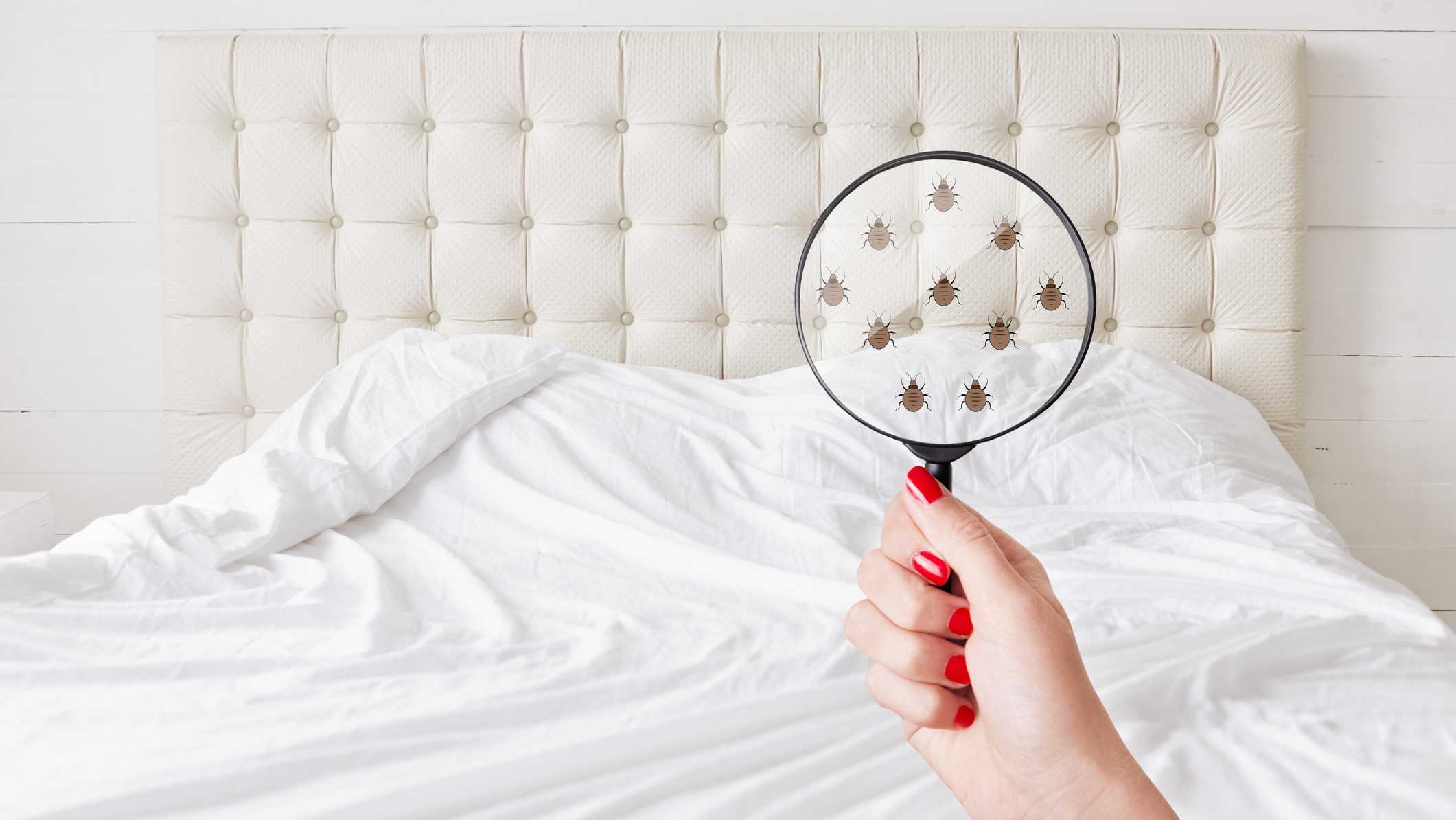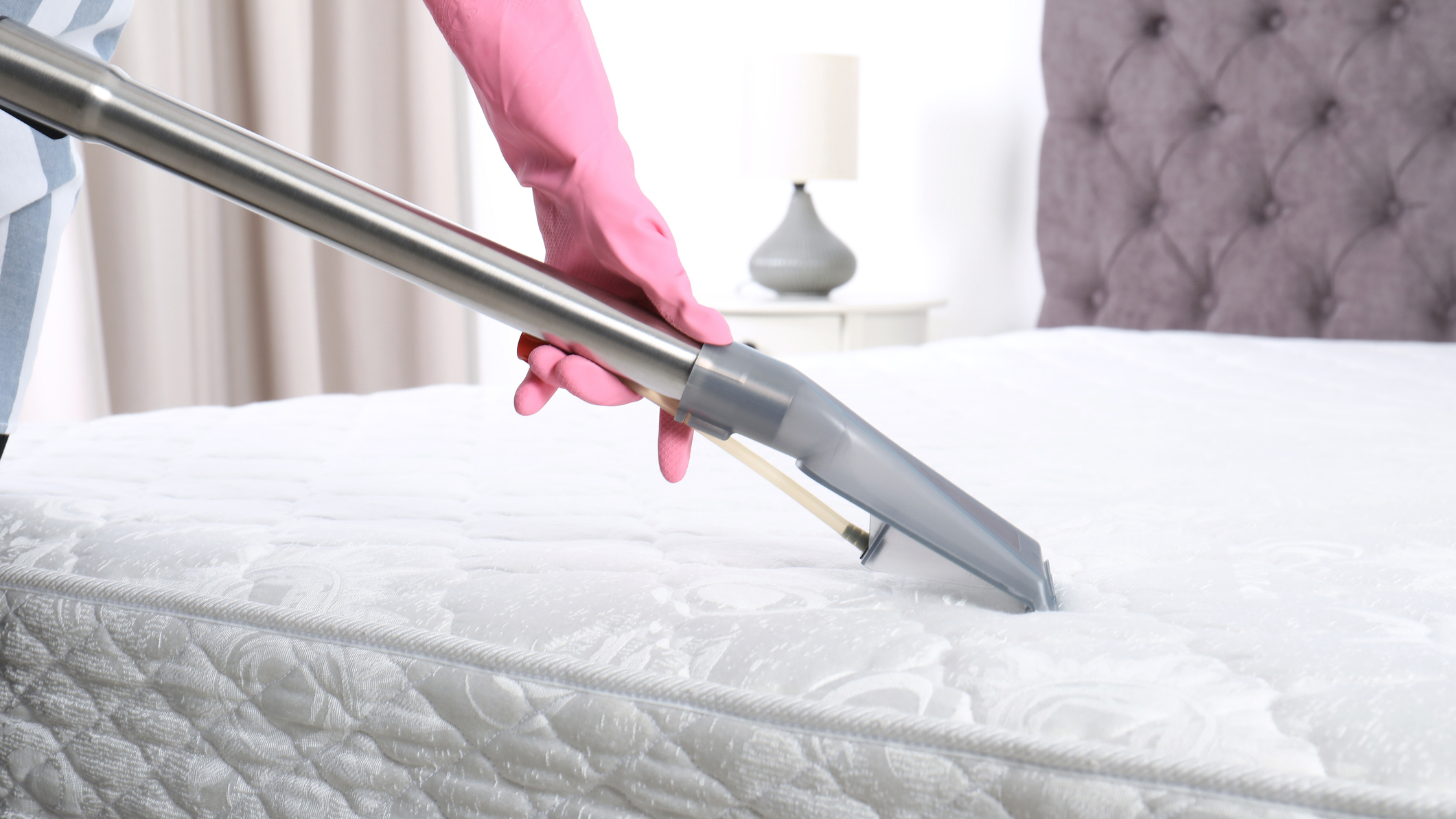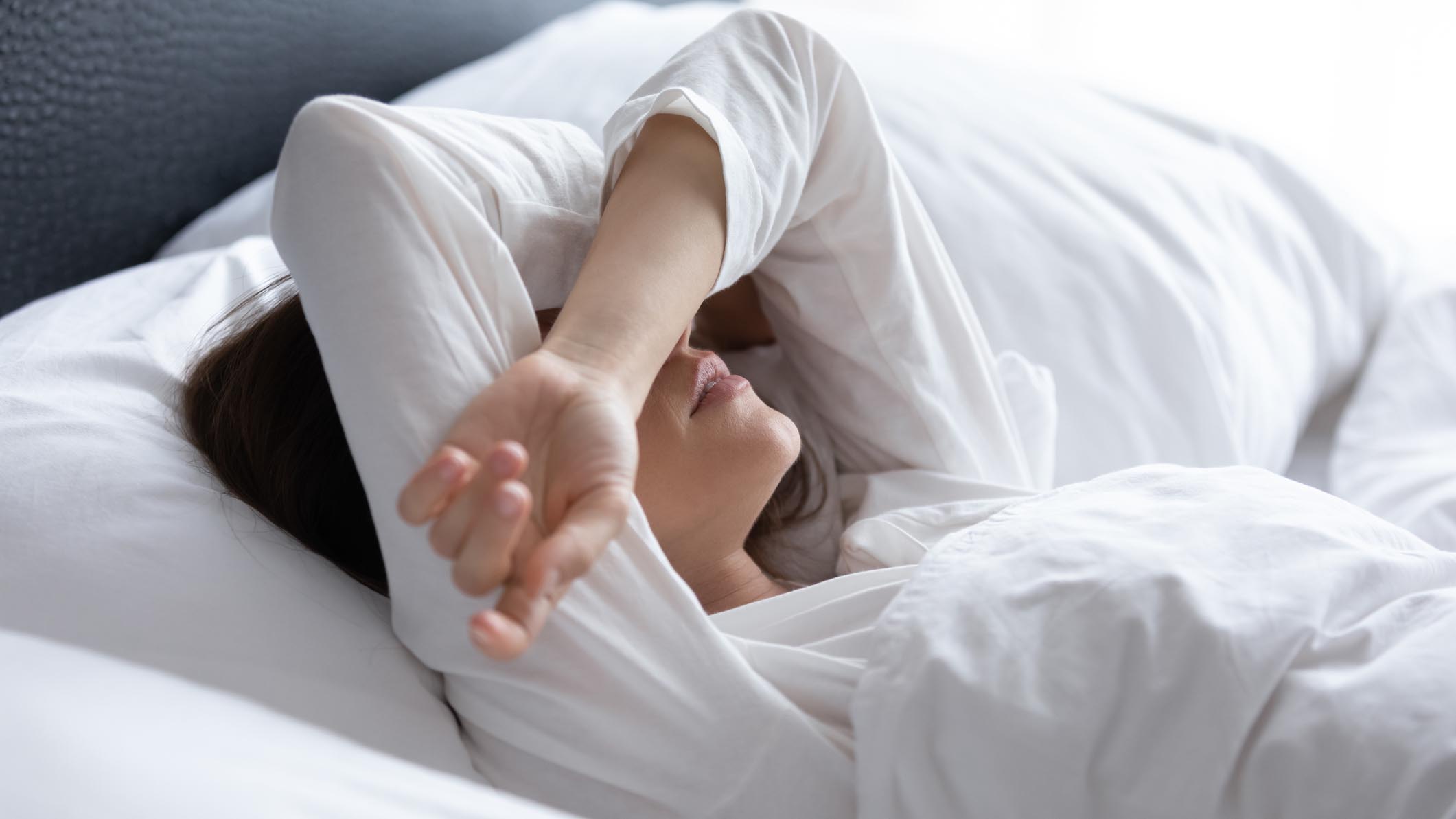How to identify bed bugs and get them out of your mattress
Learn how to identify bed bugs, and how to rid your mattress and bed base of these blood-sucking critters for good.

If you think you have an infestation, it’s vital to learn how to identify bed bugs and get them out of your bed. This isn’t an easy task, and it definitely requires patience and elbow grease. After all, even the best mattresses online aren’t bed bug-proof, regardless of how well made they are.
This is partly because bed bugs are smaller than a quarter-inch in size, with an oval shape that makes it easy for them to crawl into crevices. Normally brown in color, these critters turn bright red when they feed. So if you see a red bed bug, it’s likely full of your blood. Gross, huh?
If you’re reading this guide, we’re assuming you’ve either been bitten by a bed bug or you’ve spotted something suspicious on your mattress. Truth is, bed bugs are so small you’ll only see them if you look very closely, or if you break out a magnifying glass. Their eggs are even smaller, and bed bugs lay thousands of eggs at a time!
Although a bite from a bed bug isn't dangerous, they're still painful and itchy, and bed bugs will continue to breed the longer you let them run riot.

How to identify bed bugs in your mattress
One of the best giveaways that you're dealing with a bed bug infestation is the traces of fecal matter they leave behind. Bed bug poop looks like small brown 'spots'. These are likely to be found on concealed parts of your mattress, such as the underside or in any folds of material.
One tip for catching bed bugs red-handed comes courtesy of DIY Pest Control. The pest experts there say that spraying your mattress with an insecticide aerosol will drive bed bugs out of hiding. These aerosols will also kill any critters they encounter.
To recap, these are four common signs that you may have bed bugs:
Sign up to receive the latest news, reviews, buying guides and deals direct to your inbox
- Reddish stains on your mattress - these could be caused by crushed bed bugs
- Tiny dark brown spots - bed bug poop!
- Live bed bugs, either red (fed) or brown (unfed) in color
- Eggs and eggshells - these are usually around 1mm in size, so they're hard to spot
How to remove bed bugs from your mattress
Bed bugs can survive at temperatures ranging down to 7°C (46°F), but they die when their own body temperature reaches 45°C (113°F). Tropical bed bugs (yes, they exist) require hotter temperatures to die. Here's an easier way to kill bed bugs without having to turn your heating up to sweltering levels...
Step one:
Remove your mattress from your bed frame as soon as you suspect you have bed bugs. If possible, take the mattress outside to avoid contaminating your bedroom. There could also be some chemicals involved in the removal process, so make sure your chosen cleaning space is well ventilated.
Step two:
Strip your bed fully. That includes your bed topper, any linens and your duvet. If these items are washable, put them in your machine on the highest temperature setting allowed for each item. Follow up with your hottest dryer setting.

We'd recommend replacing denser items, especially the one you lay your head upon. Feel free to use our guide to the best pillows for sleeping to find a hypoallergenic alternative.
Step three:
Time to tackle your bed platform. Bed bugs prefer laying their eggs in hard-to-reach places, such as in the joints of bed frames. Using a brush with long bristles helps to dislodge any bed bug eggs hiding out of sight.
Next, grab your vacuum cleaner to suck up any visible eggs, poops or dead bed bugs. Even if you can’t see eggs or bed bugs on your floor, they could still be there, so give everything a thorough vacuuming.
Step four (with a caution):
It can be tempting to use chemical pesticides to treat your bed bug issue. If you do, make sure that the product you pick is safe for indoor use. You should also be wary of using these treatments on mattresses and fabric-covered beds. In fact, only do this if you’re using an EPA-approved treatment that says it’s upholstery-safe.

How long does it take to remove bed bugs from a mattress?
It’s difficult to remove bed bugs from your mattress entirely, and if you miss one, that could be all it takes to enable a second infestation. Because they can live for a long time without feeding, a bed bug-infested mattress needs to be left in an airtight plastic bag for a full year, according to the EPA.
After a year, when your mattress is ready to come out of its airtight bag, give it a very deep clean. Our guide on how to clean your mattress will come in handy here.
We'd recommend using steam to get deep into the fabric of your mattress. Since bed bugs are effectively killed at high temperatures anyway, steam is a reliable way of making sure those critters are properly dealt with.
If you decide your mattress is in need of replacing, take a look at our guides to the best Purple mattress deals and Casper mattress deals to save money on a bed-in-a-box. The best Saatva mattress discounts are better if you need a mattress for back pain.

Millie Fender is Head of Reviews at Top Ten Reviews. She also works on our sister sites: Real Homes, Ideal Home, Homes & Gardens, and Livingetc. As Head of Reviews, Millie is on a mission to make sure that we are reviewing all of the latest and greatest products for you and your home, whether it's a vacuum cleaner or an inflatable hot tub.
